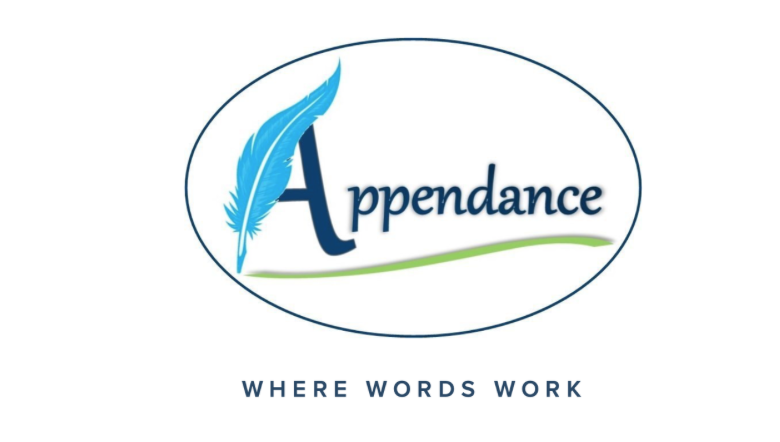What makes a great subject line in business writing? ACTion
Jenny Morse, PhD
Author and CEO
Subject lines are a critical part of email format. They’re the first thing people read. They can help a person decide whether to open the message or not. And they can help a person find an email in their messy inbox at a later date.
Also, the subject line is one of the only part of the email that can provide content without having a “tone.” Sure, you can put all caps or massive exclamation points or emojis, but the subject line doesn’t really have a voice. We don’t hear it in the voice of the sender. The subject line seems objective, institutional, organizational, maybe robotic. Because it doesn’t sound like the writer, the subject line is a great place to put what you want and by when.
Constructing a good, efficient subject line requires three elements which work together to encourage your audience to ACT:
Want a more in-depth refresher on professional writing?
Try our Better Business Writing: On Demand course. This self-paced, virtual course will teach you strategies to become a more efficient and effective writer, and provide you with expert feedback
The goal of the subject line is to help the reader understand what they are supposed to do: sign up, participate, meet, pay, renew, subscribe, etc.
You are writing to someone because you want them to do something. Figure out what that action is and make it clear in your subject line.
The reader will be more likely to follow through if they know exactly what is expected of them.
For example:
The content of your message needs to be clear, and so does your subject line. You want the reader to do or know something that relates to a particular client, customer, project, department, file, and so on. Identify the central topic that your message is about and make it as specific as possible.
For example:
If your message has a deadline or time frame, that information should always be in the subject line to help people prioritize the items on their to-do list. Flagging things as urgent or sending them as high priority or putting URGENT or ASAP in the subject line is disrespectful and demanding. You don’t know what’s on the other person’s to-do list, so telling them that your message is more important than any other messages they receive isn’t effective or nice. Instead, put the time in the subject line. Even if the deadline is in one hour, the other person can figure out that it's urgent. They don’t need you to tell them.
With these three elements, you can craft subject lines that make it easy for the audience to do the particular task by the deadline.
Subject lines that combine these three elements, when possible, are guaranteed to give your audience the information they need.















